By Federico García Barba 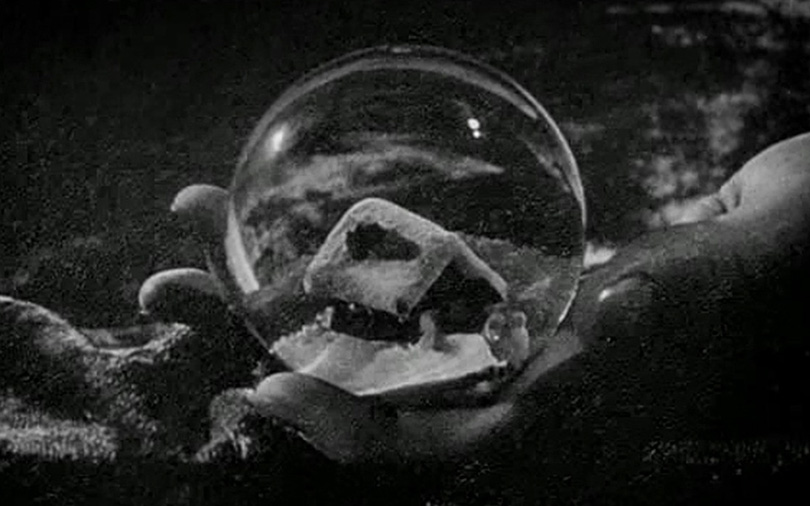 Rosebud. The final image of the film Citizen Kane, representing the essential dream of its main character.
Rosebud. The final image of the film Citizen Kane, representing the essential dream of its main character.
I will talk here about the relationship between two essential art forms of our time: film and architecture or vice versa. Especially about of the role of architects in cinematographic fiction. Thisis an issue that has not had sufficient attention from critics of architecture,but has a relevance because it reflects -in some way- the idea that society has of the role of architects in our days.
To do this, I’m going to support these intentions I use the work the architect and critic Jorge Gorostiza, a specialist in the relationship between film and architecture researcher. An historical has already done through the years about the subject. I especially used as immediate reference his article entitled “The supposed image. Four architects in films“ which was published in1990 at Basa 12, the official magazine of the Architects Association of the Canary Islands. That seminal text later would result in a book devoted to the perception that society has of architects. And above all, to the cinematographic representation of architects as movie characters throughout the twentieth century.
(This is the transcript of a lectura held by Federico García Barba on the campus of La Orotava of the Universidad Europea Canarias, on May 28, 2015)
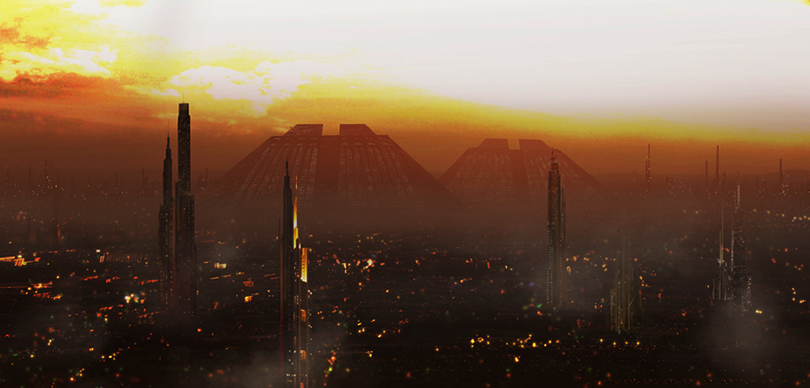 The futuristic city of Los Angeles in the movie Blade Runner. Ridley Scott, 1982
The futuristic city of Los Angeles in the movie Blade Runner. Ridley Scott, 1982
To fulfill this intention I will introduce you in the way cinematographic art has leaned on the genre of science fiction imagine spatial scenarios in which it is posible to see the human activity in the future,the conquest of outer space anda posible evolution of cities here in earth.
After that we will realize an overview of several characters in fiction films, exhibiting different visions of the profession throughout the twentieth century. Finally, we will look at some tasks that architects perform, involved in generating scenery for film and other performing arts.
In our time, it seems that we prefer stories to reality. And, indeed, it has become as important as what we have really lived. Both aspects are inseparable parts of our life memories without a discernible hierarchy. We live in a narrated world where we often need someone to explain us what happens. As Rosebud, that enigmatic Word that reminds us of those happy memories of childhood, longed for at the end of his life by the Citizen Kane in that movie by Orson Welles.
The narrator plays an essential role for us: the one that allows us to delve into the complexities of the world through a particular perspective, which involves simplification and particular selection. In this respect, I am particularly interested in the cinematographic arts,that special construction of the vision of space around us and as someone reconfigured it to a two-dimensional reduction.
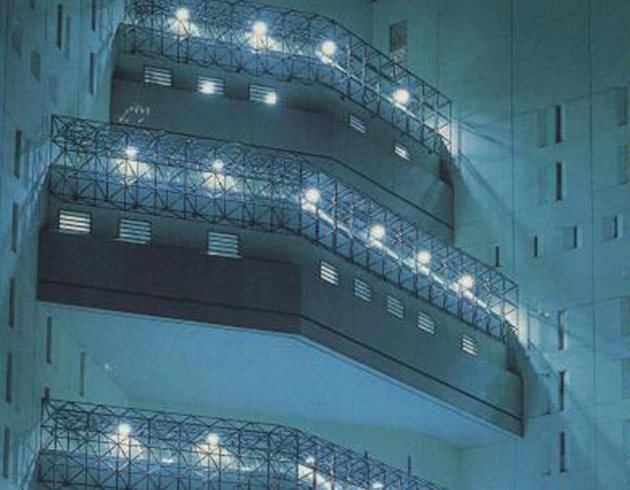 Los Angeles County Correctional Facility. From the book cover of City of Quartz, an essay by Mike Davis
Los Angeles County Correctional Facility. From the book cover of City of Quartz, an essay by Mike Davis
We perceived a glimpse of the future urban spaces in films like 2001: A Space Odyssey of Stanley Kubrick of 1968 or Blade Runner directed by Ridley Scott in 1982. it was one of the more accurate representations of our urban futures in extended metropolis. In that film you can envisage a reality of futuristic architecture and urban places in a dark city like an imagined Los Angeles, corroded by overpopulation and ongoing acid rain such as foreshadowed by Scott.The fact is that certain parts of the city of Tokyo are now more complex tan these anticipatory visions of the film. Also there are buildings that looks extremely futuristic like Los Angeles County Correctional Facility, built in 1997. That image was used as book cover for City of Quartz: An essay by amateur sociologist Mike Davis that was one of the bestsellers in the United States over the city in the last twenty years. It was published by the first time in 1990 and it is a superb analysis on contemporary life in the city of Los Angeles like a contemporary nightmare.
Today, we can observe many people imagining a future outside our planet. It’s the idea of Brian Versteeg of Spacehabs. His Kalpana One Project is a vision of an interstellar station city for several thousand of persons. A place conceived for total self-sufficiency. This is not science fiction: this is a group of designers imagining life in space and outer planets to carry out in the coming decades.
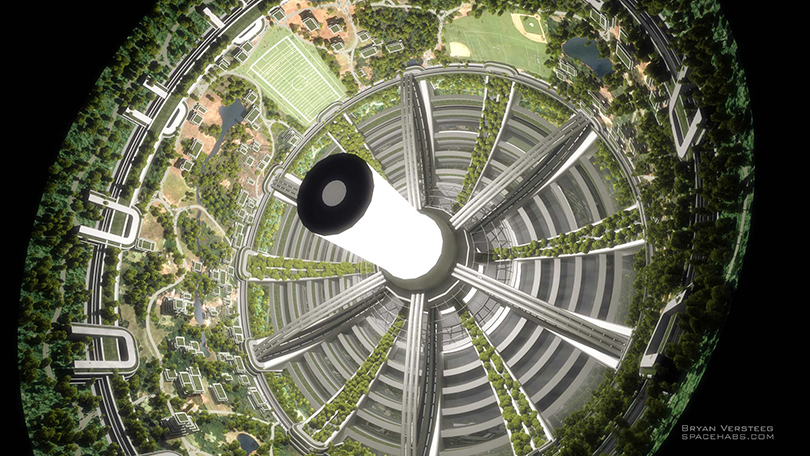 Kalpana One Space Settlement. Brian Versteeg and Spacehabs.
Kalpana One Space Settlement. Brian Versteeg and Spacehabs.
A different representation of contemporary city is the city of Berlin depicted in 1987 by Wim Wenders in Wings of Desire (Der Himmel über Berlin). Wenders is a filmmaker relatively known for his personal view on the city and the contemporary landscape and this is its most famous work. It tell us about the city as a place for the encounter among angels and humans. He uses the Berlin Central Library in the film as a ideal stage for that romantic vision. That piece of architecture is a wonderful space was designed and built between 1967and 1978 by the architects Hans Scharoum and Edward Wisniewski.
Pharaoh, a film of Jerzy Kawalerowicks of 1966, we can imagine Hemiunu, one of the the first Archi-Tektons: Those principal masons, the ones who know best the mysteries of the art of building. Hemiunu (some centuries after Imhotep) was a master builder for Giza; responsible for the Pharaoh’s Great Pyramid. There is a seated sculpture of Hemiunu that is one of the first representations of those with responsability for building through history. It’s a beginning of the architect as an icon in arts. Pharaoh was a beautiful film depicting life and death in ancient Egypt in the time of Pharaoh Ramses III. It strikes me especially because it was filmed in places where possibly passed history. Egyptian architecture is characterized by the strength and durability that give the materials,especially the stone.A style that has endured millennia representing a civilization of extremes.
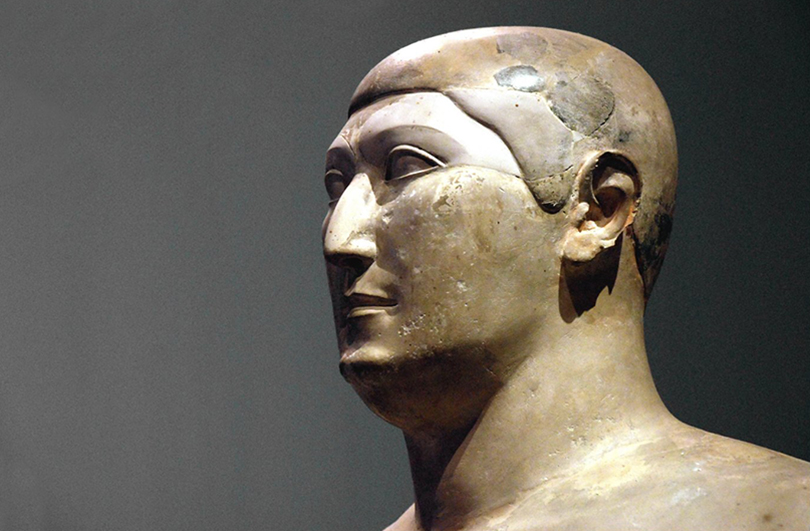 Hemiunu. Fragment of the granite seated sculpture one of the first representation of an architect.
Hemiunu. Fragment of the granite seated sculpture one of the first representation of an architect.
Now I’ll present some characters of architects in films.
The first one is in a work of the Taviani brothers (Paolo and Vittorio), Elective Affinities of 1996. There you will find Otto, a neoclassical architect flirting with Carlotta, the wife of his client, while spending the summer immersed in a very beautiful and bucolic surrounding. Inspired by a work of Goethe, this romance is inserted into the scenery of a Tuscan villa to introduce the inferences of two loving couples. It is reflecting, somehow, the idea of Romanticism as a time concerned about the recovery of history. And therefore, the most diverse architectural styles as a sign of accumulated knowledge.
Another example is the famous film Metropolis of 1926. In that film, the Viennese Architect Fritz Lang was one of the first to imagine the future cities. In Metropolis, Lang offers a veritable version of an universe of streets in the air, robots and airplanes. It was an anticipation: something changing completely the urban space vision of its moment.
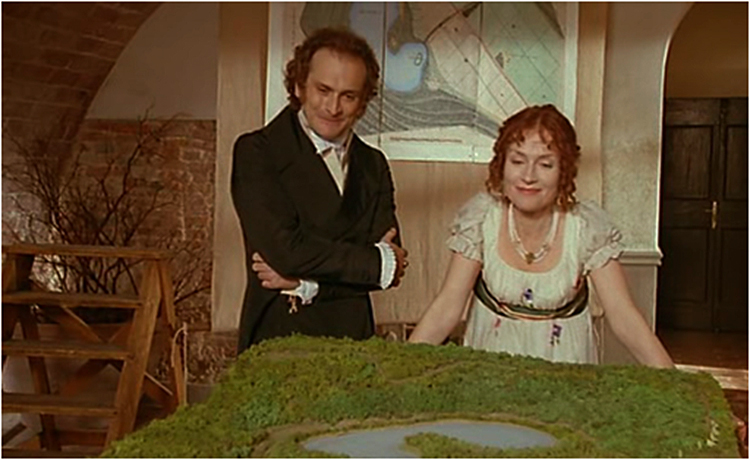 Otto, the architect and his client’s wife in Le affinitá elettive. Paolo y Vittorio Taviani, 1996
Otto, the architect and his client’s wife in Le affinitá elettive. Paolo y Vittorio Taviani, 1996
A different case is the French filmmaker Jacques Tati. Tati was always a biting critic of functionalism as an architectural movement. In his films, he often reflect the absurdities of life in contemporary cities and the monstrosity of architectural space related to rationalist architecture. One of his favorite targets was Le Corbusier,a pseudonym that we don’t know the meaning. Corbeau is the nearest word in French, so it could be a derogatory reference from someone who branded him as the one who deals with the ravens. You can appreciate that in films like Mon Oncle of 1958. Also in Les Vacances de Monsieur Hulot of 1953 or Playtime of 1967, for example.
In the Black Cat, a film of Edward G. Ulmer of 1934, you can see a very different architect as main carácter: Kjalmar Poelzig, that was played by Boris Karloff. It is a direct reference to the flamboyant architect Hans Poelzig who, precisely, collaborate with the director in the creation of the scenarios in this film. This Poelzig is a sinister villain who is trying to dominate the reality, transforming it into a machine-like place in which enslave those around himself. According to the vision of Ulmer, the architect has become a mad man who uses his human fellows for all kinds of satanic experiments. Not a very conciliatory approach on the role of architects in the moment that is emerging the so called Modern Movement. This is a radical aesthetic transformation that relates to the first rationalism of people like the aforementioned LeCorbusier. But also of other interesting German Architects like Mies van der Rohe, Erich Mendelsohn, Gropius, etc. The idea of the architects as demonic beings match with the emergence of a turbulent cultural and political moment: The one corresponding to the Great Depression in Europe. For Ulmer, these artists would be exclusively concerned with finding the keys to the functioning of the world. This, through aesthetics and numerology, expressed as geometry. It is an implicit allusion to the hidden order in the Kabbala and has something destructive and harmful.
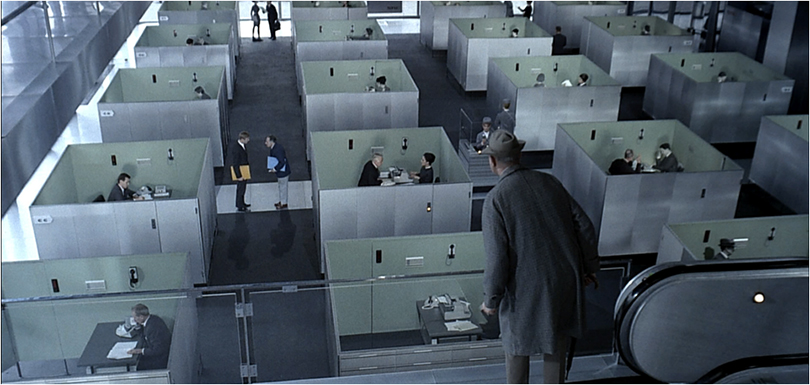 The character of Mr. Hulot in the film Playtime. Jacques Tati, 1967
The character of Mr. Hulot in the film Playtime. Jacques Tati, 1967
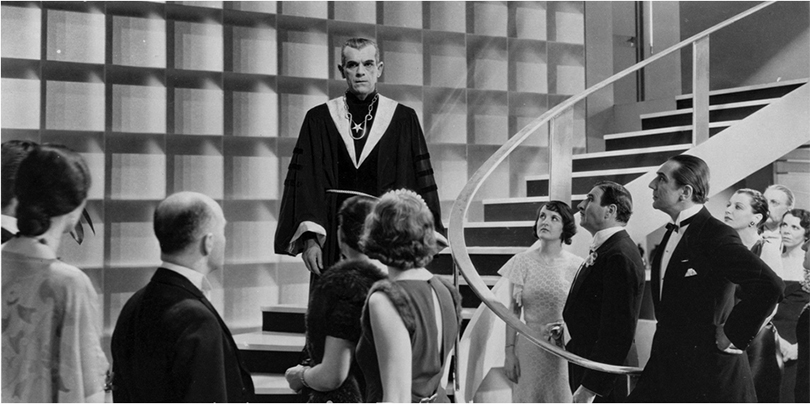 The hellish architect Kjalmar Poelzig played by Boris Karloff. The Black Cat. Edward G Ulmer, 1934
The hellish architect Kjalmar Poelzig played by Boris Karloff. The Black Cat. Edward G Ulmer, 1934
Gary Cooper in the role of Howard Roark is a radically different character. It was in the film The fountainhead of King Vidor. It’s a triumphalist vision of the modern architect who was portrayed for films in a effective way after the Second Wolrd War in 1949. Here, we are introduced to the artist as an irreducible and lonely idealistic, obsessed to the paranoia with his ambitions; and whose ideology is inspired by the conservative views of the novelist Ayn Rand. However, this is a more benevolent professional perspective than the previous one in the representation of these artisans. But also here it describes the profession in the role of specimens of intractable character, surrounded by egotism and stubbornness, which never compromise on their spatial ideas or aesthetic issues. It is said that Roark, played by a proud Gary Cooper, was inspired by Frank Lloyd Wright, an architect famous in those years in the United States. And a character which curiously has never been portrayed in films, despite his incredible personal fortunes. Wright was known for a great extravagance, arrogance and his recurring troubles with women. However, he was also someone obsessed with beauty, who managed to capture it in a highly original architecture of essences and fully American roots.
Nicholas Ray was another architect who chose to narrate the poetry of life through images in films after his first commitment. He studied at Taliesin, the famous workshop school who held Frank Lloyd Wight in his native Wisconsin. Ray was an irreclaimable romantic who used the films to express his life frustrations. The interesting thing about his work is the combination of space, movement and master performances to describe the most intense passions. An effusive mix of visual movement and theater with architecture as an aesthetic background.
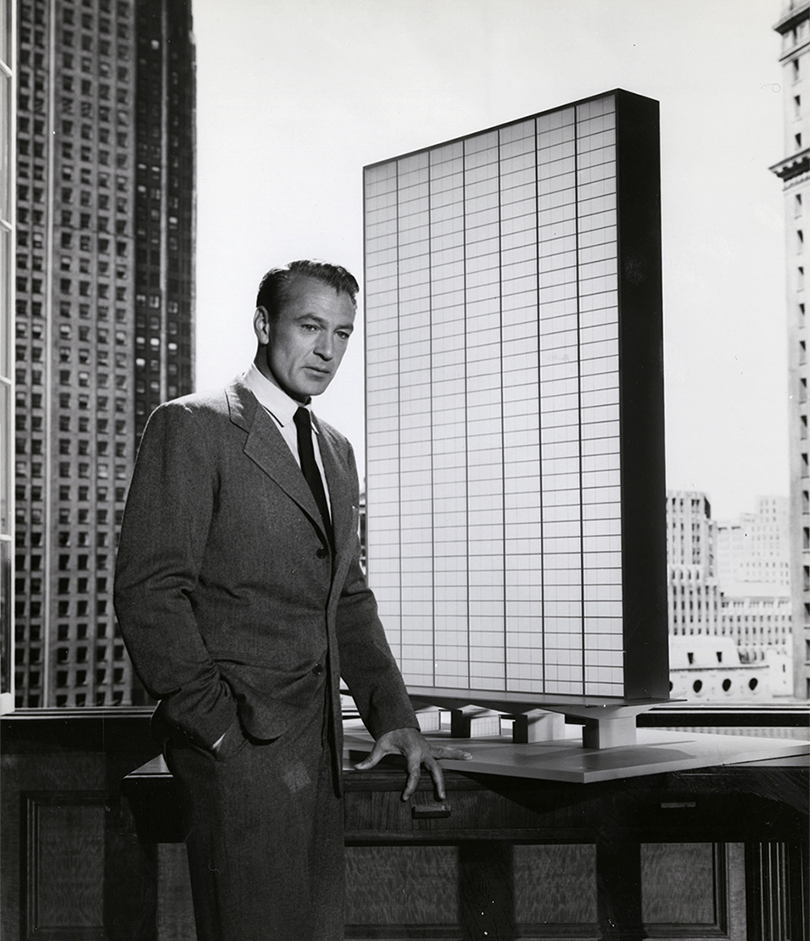 Gary Cooper in the role of the architect Roark. The fountainhead. King Vidor, 1949
Gary Cooper in the role of the architect Roark. The fountainhead. King Vidor, 1949
And now take look to a closer new figure of the architect. It belongs to the film Two for the Road, shot by Stanley Donnen in 1967. The architect Mark Wallace was played in this road movie by British actor Albert Finney. Wallace is a successful architect in his work. However, is only a mean to make money and allow him to live a comfortable life. It´s a technocratic vision of the architect’s role: The architecture here takes no great importance facing the main theme of the movie, marriage and the long years of men and women as couples. A circumstance over which the protagonist muses and remembers over a journey through the countryside of France, beside the wonderful Audrey Hepburn. It is a brilliant and cheerful representation of a type of professional, for whom conquering the most beautiful, elegant and chic woman, possessing the most lucid vehicles and enjoy and have fun every moment as possible is much more important than developing a personal and recognizable architecture.
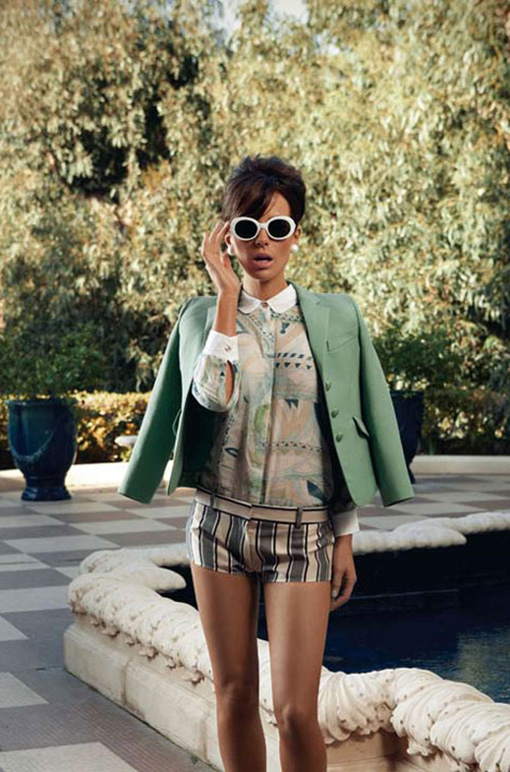 Audrey Hepburn in Two for the Road. Stanley Donen, 1967
Audrey Hepburn in Two for the Road. Stanley Donen, 1967
A very interesting filmmaker for architects is Peter Greenaway. In a 1982 film, The Draughtsman Contract, he present us a classic murder mystery intrigue, with illicit affairs and betrayals set included. The plot happens in the final days of the British Baroque period. The interesting thing about this film is the magnificent work of aesthetic recreation and formalization of landscaped frames related to the painting of that special time. The most inspired of that work, in my opinion, is the likely environment that recalls the moment when the rich British nobility spent much of their time and efforts dedicated to the artistic reformulation of the territory in their country mansions. The movie frames for the action function as exquisite scenarios where it is possible to trace references to notable painters like Georges de La Tour, Caravaggio, Rembrandt and Vermeer.
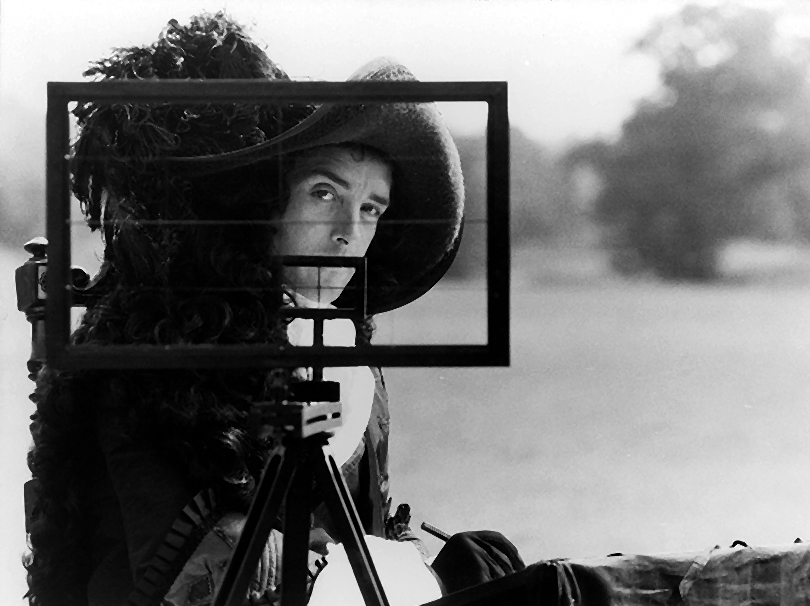 The artist at work in The Draughtsman Contract. Peter Greenaway, 1982
The artist at work in The Draughtsman Contract. Peter Greenaway, 1982
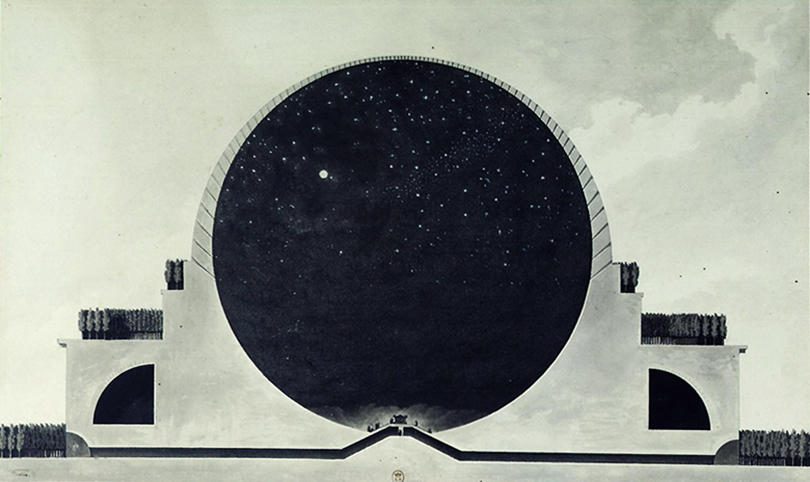 The sphere inside the Newton Cenotaph. Étienne-Louis Boullée, 1784
The sphere inside the Newton Cenotaph. Étienne-Louis Boullée, 1784
The Belly of an Architect of 1987 is a subsequent Greenaway film that introduces us to another character. One who faces his profession in a different way to those who already have been depicted. The plot presents the architect Stourley Kracklite as someone in the brink of his death. Which coincides with the time that he is organizing an exhibition on the Enlightenment Architect Étienne Louis Boullée in the city of Rome. Everything around gradually crumbles while also he suffers the complete betrayal of those who are closest to him.
It is almost a premonition. This is someone who, despite a manifest intellectual and artistic brilliance is inexorably doomed to social failure and the consequent destruction. Greenaway considers him so in his own statements: The architect has transformed into a social scapegoat. Especially in Britain, they are considered responsible for all urban problems. Kracklite is an escapist than just build a few buildings; a theorist without intelligible theories. At the same time, he continues fighting for a place in the world despite his misfortunes. The last of a breed in the way to extinction.
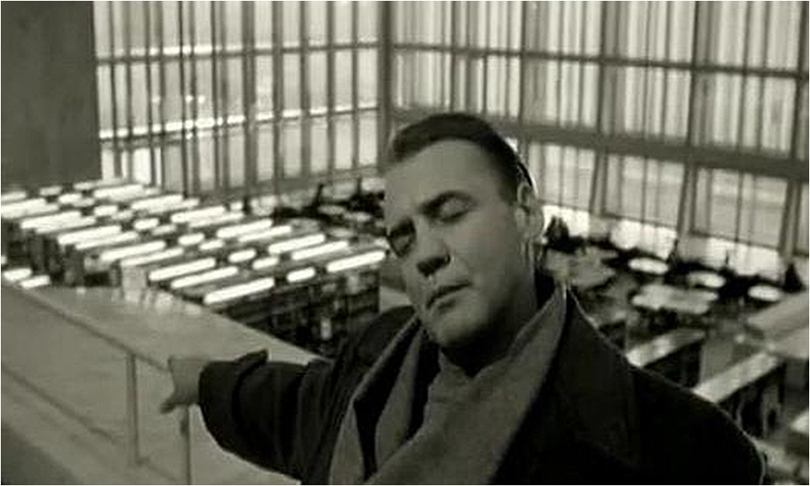 Damiel, the wandering angel in the Scharoun Berlin Library. Wings of Desire (Der Himmel über Berlin). Wim Wenders, 1987
Damiel, the wandering angel in the Scharoun Berlin Library. Wings of Desire (Der Himmel über Berlin). Wim Wenders, 1987
For me, however, it remains more important to experience the thrill of real places, that ineffable feeling that overcomes you when you travel by your means to the specific space. And you feel that real atmosphere that enclose us, as the way the site is bathed in light, the sound of noises and shared silences, textures you chases in handrails and panels and the smell that surrounds you from all angles. As happens with the wonderful Staatsbibliothek (State Central Library in Berlin) by Hans Scharoun. A building built half a century ago to house the rich funds of the Foundation of Prussian Cultural Heritage. Like we experienced in a romantic mood in that Wim Wenders film, yes.
As we have seen architecture is present in many ways in the cinematographic fiction. I think is another way to see what society has attributed as different roles to architects throughout the twentieth century. The cinematographic vision, a tool that is essential for us to understand the vicissitudes of our life and time. In the end, to know our contemporaneity as professionals.
More information:
Arquitectura+Cine+Ciudad. Jorge Gorostiza Official Site in the Internet
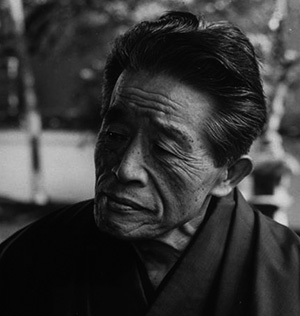


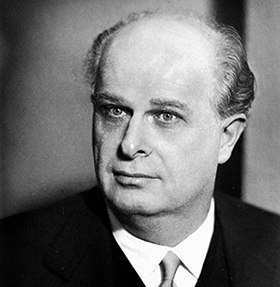

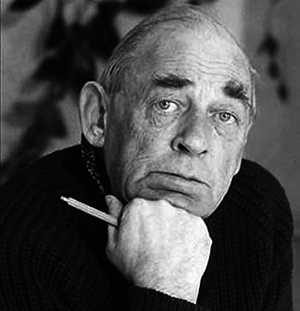
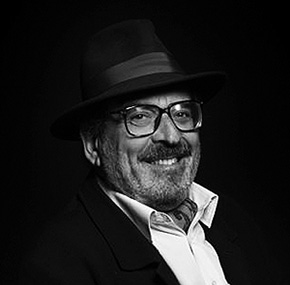
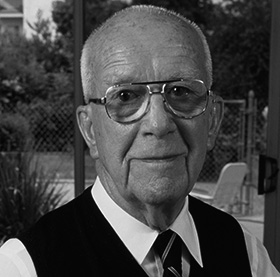
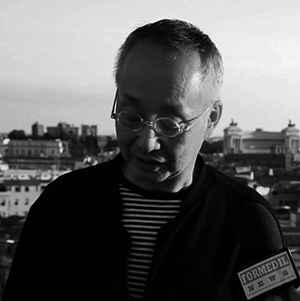
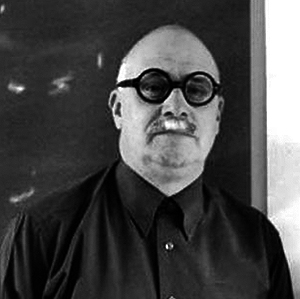
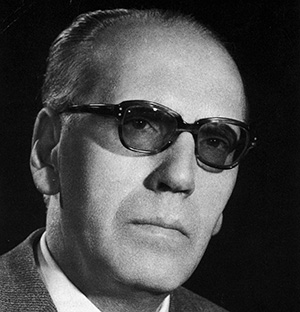
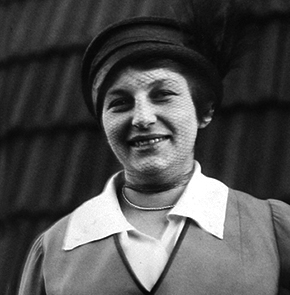
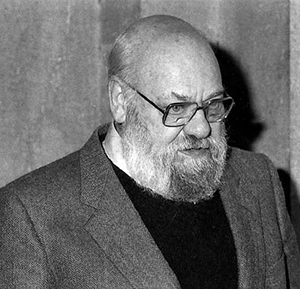
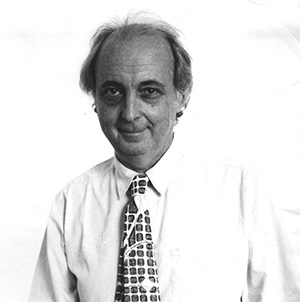
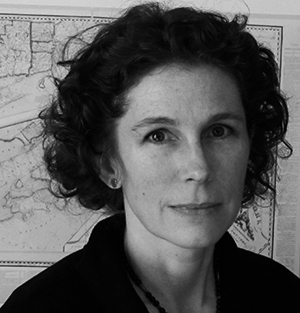
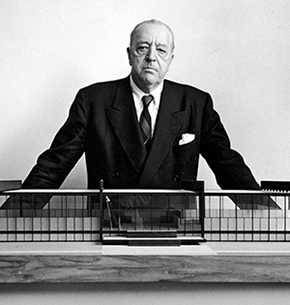
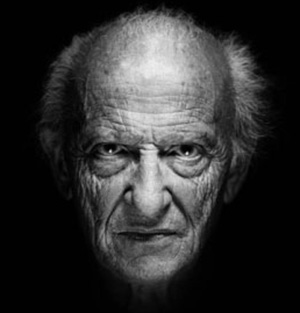
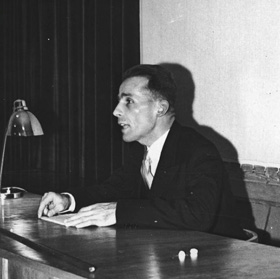
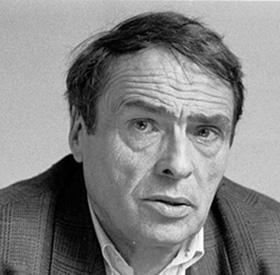
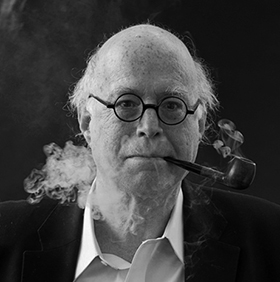
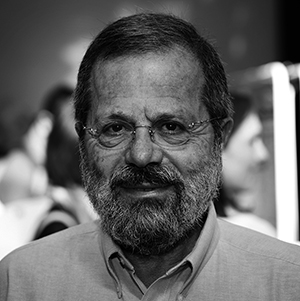

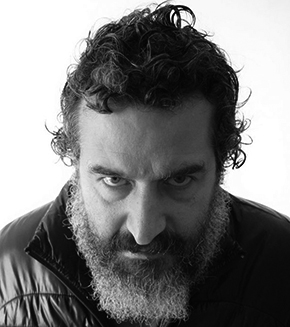
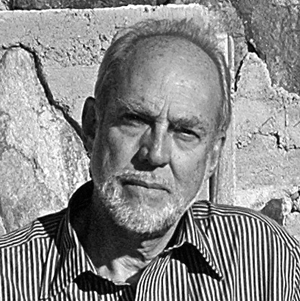
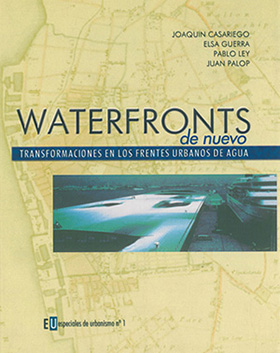




Muchas gracias por tu publicación
Por mi parte me ha llegado a través de un amigo este enlace que quiero compartir contigo.
http://planreforma.com/blog/23-peliculas-todo-arquitecto-ver/
Un saludo
justo Sosa
Muchas Gracias, Federico.